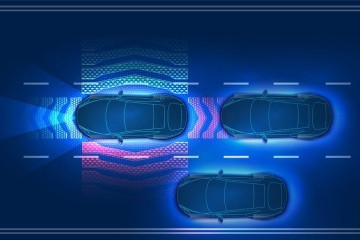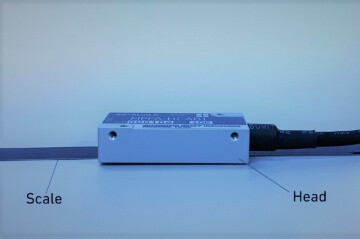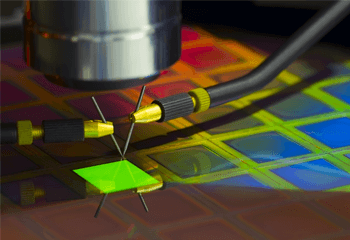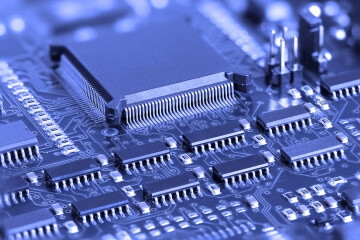Electronics Articles
Electropages Insights Blog covers the latest in electronic design through webinars and articles. Delve into topics from sensors to AI implications. Stay ahead with Electropages.
Michigan has banned businesses from forcing employees to be microchipped. What are implantable microchips, how do they work, and why has Michigan banned their forced use? Implantable Microchips Implantable microchips are RFID devices designed to be implanted i...
By Robin Mitchell | 16-07-2020
NXP has announced the launch of three Bluetooth LE MCUs for use in the automotive and industrial sectors. What features do these MCUs boast, and how will they help their targeted applications? Bluetooth When it comes to radio communication, there are a wide va...
By Robin Mitchell | 16-07-2020
II-VI announced that it has licensed SiC technology from GE to produce SiC devices. What applications does SiC benefit, who are II-VI, and why are they licensing the technology from GE? What is SiC Technology? Silicon Carbide is a crystalline semiconductor con...
By Robin Mitchell | 14-07-2020
This month, Mitsubishi will launch a marketing campaign for its latest precision position detectors. What makes this precision detector different from others, and how can it benefit those in automation? Linear Motion Positioning Precision positioning systems a...
By Robin Mitchell | 14-07-2020
Electropages Podcasts
With security becoming an increasingly important aspect to product design, Infineon have announced that they will be including Semper Security into their NOR Flash memory. What is Semper Security, and how is the inclusion of Semper into NOR Flash memory demons...
Security | By Robin Mitchell | 13-07-2020
Qualcomm announced that 5G is be taken beyond their flagship products with the Snapdragon 690 being the first. What is the Snapdragon 690, and how will it help designers cope with modern technological challenges? The need for 5G The pace at which technology is...
5G | By Robin Mitchell | 11-07-2020
Last week, JSOF, a small cybersecurity company based in Israel, announced their discovery of a serious set of vulnerabilities in the Trek TCP library. What are these vulnerabilities, and how does it affect the IoT field? Keeping IoT devices Secure It is truly...
By Robin Mitchell | 10-07-2020
Last week, Petasense announced their latest vibration sensor, the Vibration Mote 3, with enhanced features for use in IIoT. How it IIoT changing industries, and how does this tie into predictive maintenance? Introducing IIoT While internet-enabled devices have...
By Robin Mitchell | 09-07-2020
Intel have announced that a new anti-malware system will be introduced into its Tiger Lake mobile CPUs. What does this new security technology do, and how is hardware security playing an ever more important role in everyday electronics? Hardware Attacks and Se...
By Robin Mitchell | 09-07-2020
This week, researchers have demonstrated their design for a new supercapacitor that provides a potential power solution for wearable electronics. What problems do wearable technologies face, and how does flexible electronics help to make wearable devices a rea...
By Robin Mitchell | 08-07-2020
When it comes to display technologies such as projectors and panels, factors such as resolution and refresh rate are often discussed. But the underlying technology is equally, if not more, important. There are tons of different types of screens, from OLED and...
By Moe Long | 07-07-2020
Altium have announced their partnership with IHS Markit Electronic Parts Solutions to help engineers deal with end-of-life callouts for components. Why do end-of-life announcements hit engineers hard, and how can forecasting allow engineers to make better deci...
By Robin Mitchell | 06-07-2020















